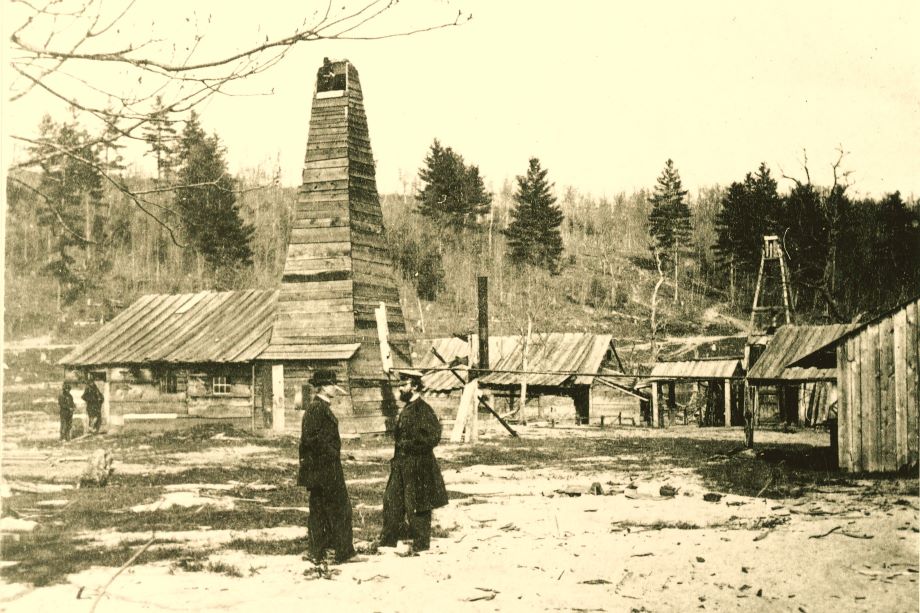NSF and NSB Release New Science and Engineering Indicators Report
NSF and NSB Release New Science and Engineering Indicators Report
The National Science Foundation (NSF) and the National Science Board (NSB) recently released their 2020 “State of U.S. Science and Engineering” report, which is published every even-number year as required by law. The report is comprised of quantitative data on the U.S. and international science and engineering enterprise using the most recent data available. This year, the report finds that because of significant increases of foreign investments in science and engineering (S&E) and research and development (R&D)—especially from East and Southeast Asia—the global share of the United States’ R&D investments has declined.
The report concludes that the data available shows “mixed trends,” finding that “the United States continues to perform the most R&D, award the most S&E doctoral degrees, and account for significant numbers of S&E research articles and citations worldwide. However, growth of S&E capabilities in other nations, particularly China, has outpaced that of the United States along several dimensions. The United States has seen its relative share of global S&T activity flatten or define, even as its absolute activity levels kept rising.”
Research and development in the United States relies heavily on institutions of higher education with the Federal government funding over half of domestic R&D, though institutional funding is increasing. More than half of all academic R&D is focused in life sciences and in recent years, there has been an uptick in the biomedical sciences. Engineering accounts for about 15% of total academic R&D. Much of the R&D growth in the United States is being driven by businesses, who have had sizable increases in R&D in recent years.
The report also studies technology transfer and the process of getting an idea from conception o the marketplace. In the United States, technology transfer is occurs through primarily through public-private research collaborations, technology licensing, and support for startups. “These activities are aimed at bridging the risky steps of invention, financing, development, and commercialization.” The report goes on to say that “Federal agencies directly support technology transfer of their research through awards to small businesses for innovation, commercialization, and technology transfer; this amounted to over $3 billion to over 5,000 awardees in 2018.”
To read the full report, visit: https://ncses.nsf.gov/pubs/nsb20201.
The report concludes that the data available shows “mixed trends,” finding that “the United States continues to perform the most R&D, award the most S&E doctoral degrees, and account for significant numbers of S&E research articles and citations worldwide. However, growth of S&E capabilities in other nations, particularly China, has outpaced that of the United States along several dimensions. The United States has seen its relative share of global S&T activity flatten or define, even as its absolute activity levels kept rising.”
Research and development in the United States relies heavily on institutions of higher education with the Federal government funding over half of domestic R&D, though institutional funding is increasing. More than half of all academic R&D is focused in life sciences and in recent years, there has been an uptick in the biomedical sciences. Engineering accounts for about 15% of total academic R&D. Much of the R&D growth in the United States is being driven by businesses, who have had sizable increases in R&D in recent years.
The report also studies technology transfer and the process of getting an idea from conception o the marketplace. In the United States, technology transfer is occurs through primarily through public-private research collaborations, technology licensing, and support for startups. “These activities are aimed at bridging the risky steps of invention, financing, development, and commercialization.” The report goes on to say that “Federal agencies directly support technology transfer of their research through awards to small businesses for innovation, commercialization, and technology transfer; this amounted to over $3 billion to over 5,000 awardees in 2018.”
To read the full report, visit: https://ncses.nsf.gov/pubs/nsb20201.



